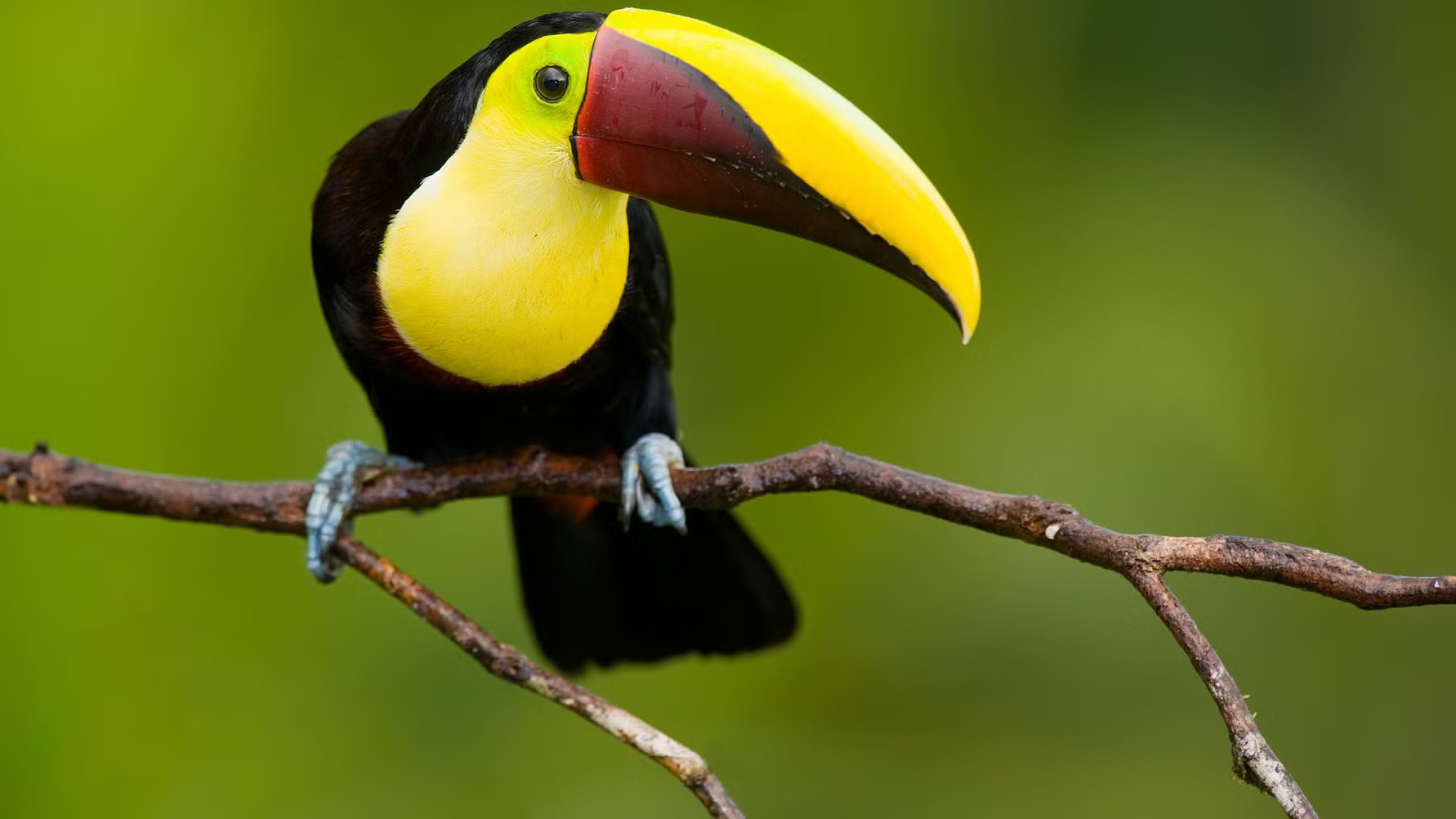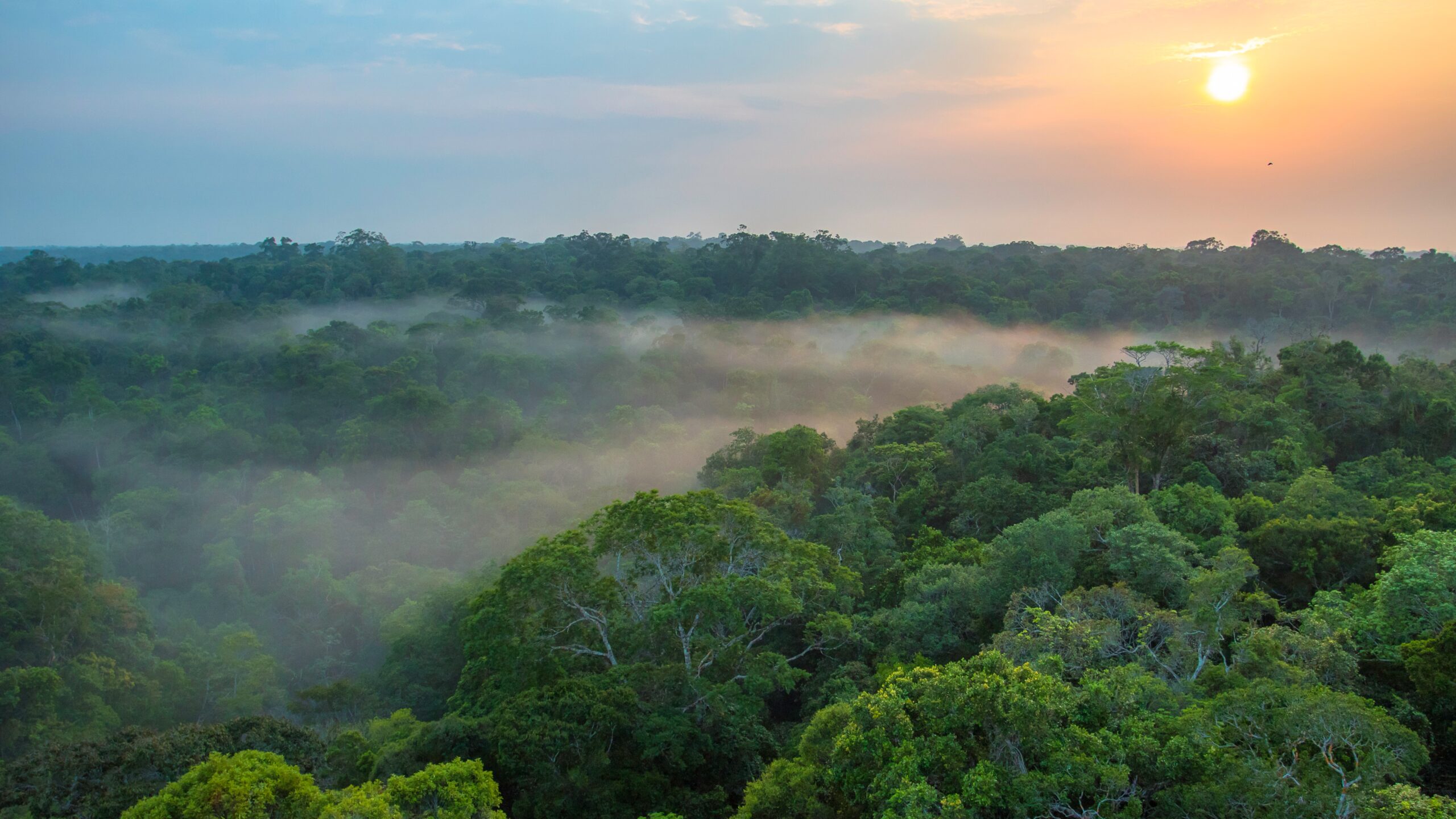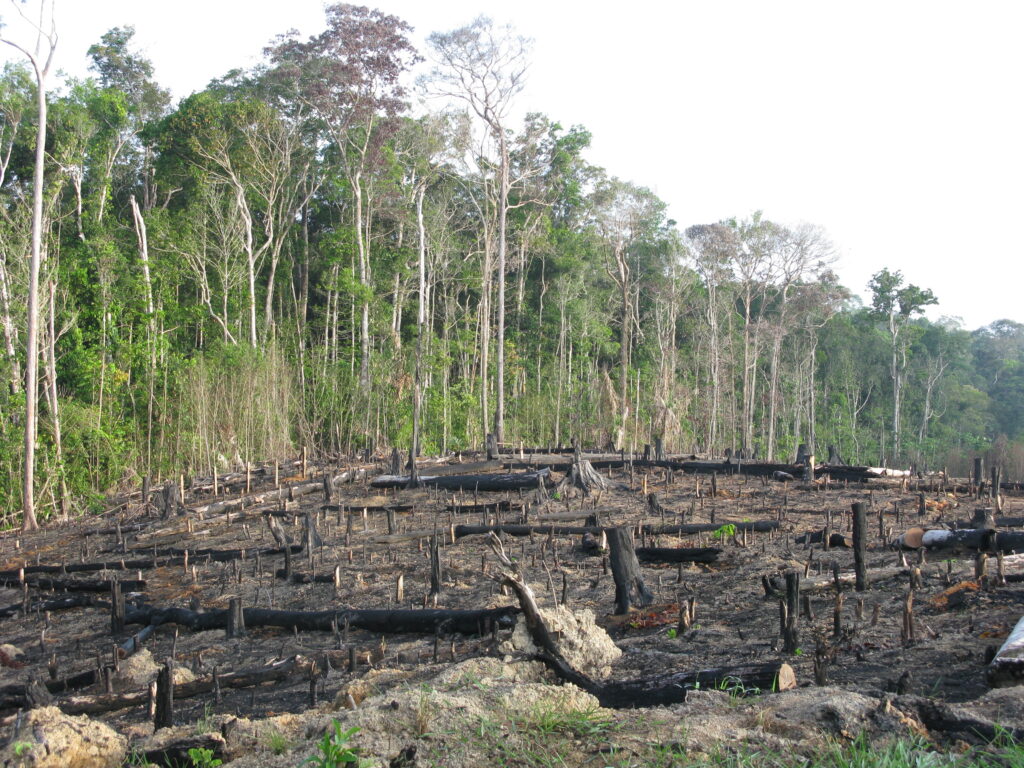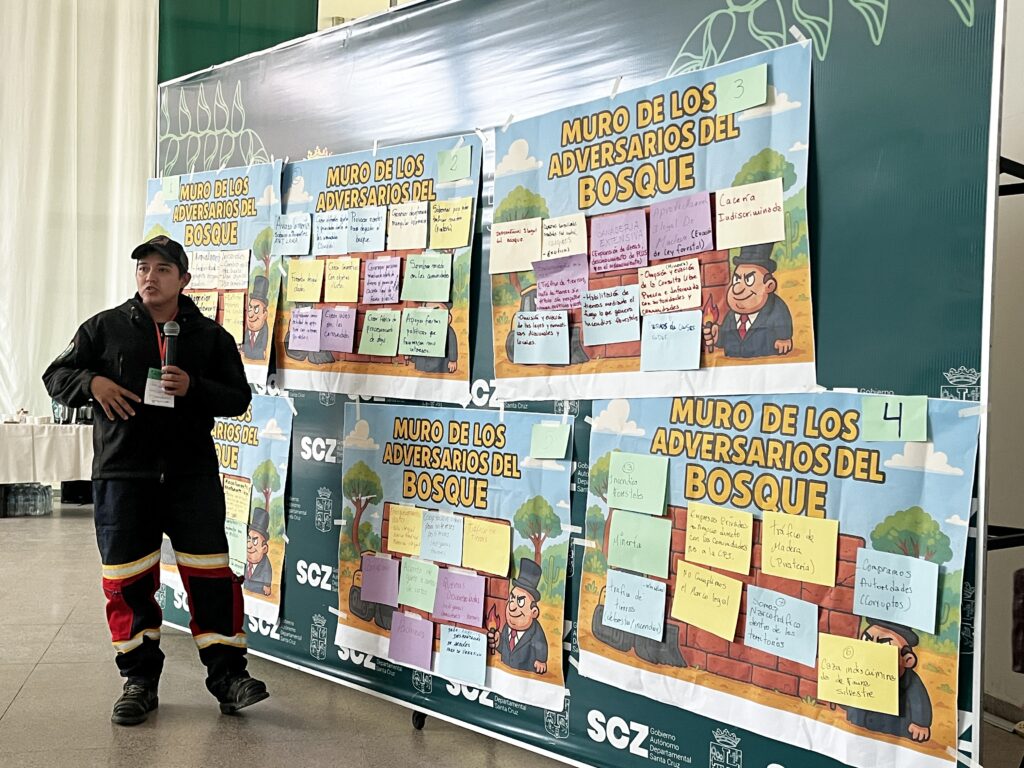For Forests of the World, this year’s UN Climate Conference, COP30, is a particularly significant one. Not only because it is becoming ever more urgent to reach global agreement on concrete action, but also because the 2025 climate conference is already being referred to as the “Forest COP.”
This is partly due to the conference’s location in the Amazon region, in Belém, Brazil, and also because the Brazilian presidency has set the stage for an increased focus on forest ecosystems. Forests play a crucial role in mitigating climate change, while at the same time being home to the majority of the world’s biodiversity as well as thousands of Indigenous peoples and forest-dependent communities.
When Forests of the World takes part in COP30, the focus will be on several key areas, all of which are vital for the world’s forests.
Indigenous Peoples at the Center
A particularly important point for Forests of the World is to support the many Indigenous peoples and local communities participating in the conference. It is expected that the role of Indigenous peoples in forest protection will be a highlight of the negotiations. In fact, Brazil aims to set a record for Indigenous participation at COP30, with around 3,000 representatives from across the globe — 1,000 of whom will have seats in the official negotiations.
Indigenous peoples and local communities who depend on forest resources will demand a stronger voice in climate policy, rooted in their traditional knowledge and territorial rights.

Climate and Biodiversity in Interaction
Another focus that Forests of the World will follow closely is the integration of climate and biodiversity. The negotiations are expected to place particular emphasis on the crucial role of biodiversity in achieving climate resilience. Key themes will include the integration of climate and biodiversity goals, as well as the promotion of nature-based solutions.
Forests of the World will work to ensure that the interconnectedness of these crises is clearly highlighted during COP30. While the destruction of ecosystems exacerbates climate change by releasing vast amounts of stored carbon, climate change in turn accelerates the loss of biodiversity. It is therefore urgent to find integrated, systemic solutions that can address both crises through more sustainable and resilient approaches.
A New Model for Climate Finance
Finally, as host country, Brazil has launched the initiative Tropical Forests Forever Fund (TFFF). The aim of the fund is to make the protection of tropical forests economically attractive so it can compete with activities that drive deforestation. The idea is based on the fact that forest conservation mechanisms generally pay to avoid deforestation, usually calculated on the amount of carbon not emitted into the atmosphere because the trees remain standing. With TFFF, a new model of climate finance is presented, one that directly recognizes and rewards the economic value of the ecosystem services forests provide.
The fund is expected to be launched at COP30 and includes 12 countries with a collective target of raising 125 billion dollars for tropical forest conservation. Forests of the World looks forward to the launch of the fund and will advocate for particularly the Global North to contribute actively to this initiative.
Already, 25% of the world’s forests have been destroyed. It is now about mobilizing all efforts to protect the roughly 4 billion hectares of forest that remain—of which less than 40% are considered intact.
COP30 will be a decisive moment for the world’s forests. It now requires courage, action, and shared responsibility if we are to secure the climate, biodiversity, and the people who live in and depend on forests.
Latest articles on climate and forest protection

Vil du bevare skoven?
Med en fast støtte til Verdens Skove bliver du Forest Fighter og en del af et voksende fællesskab, der står sammen om at beskytte skoven hver måned.
Når du støtter Verdens Skove er du med til at bevare 26 tropiske skove og den danske skovnatur. Du hjælper de mennesker, der lever i og af skovene, bremser udledningen af CO2 fra skovrydning og ikke mindst giver en hånd til skovenes tusindvis af dyre- og plantearter, som vi gerne vil passe på.




